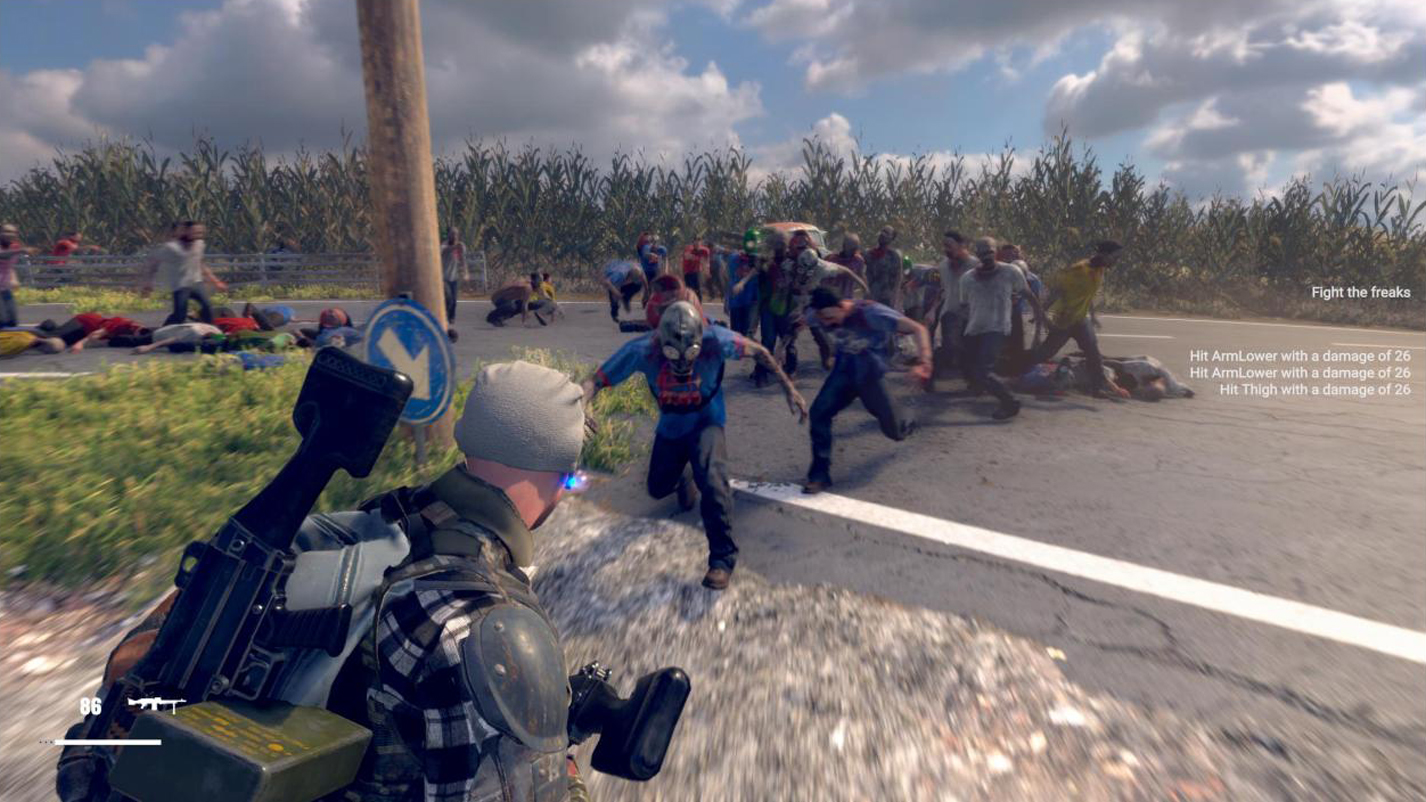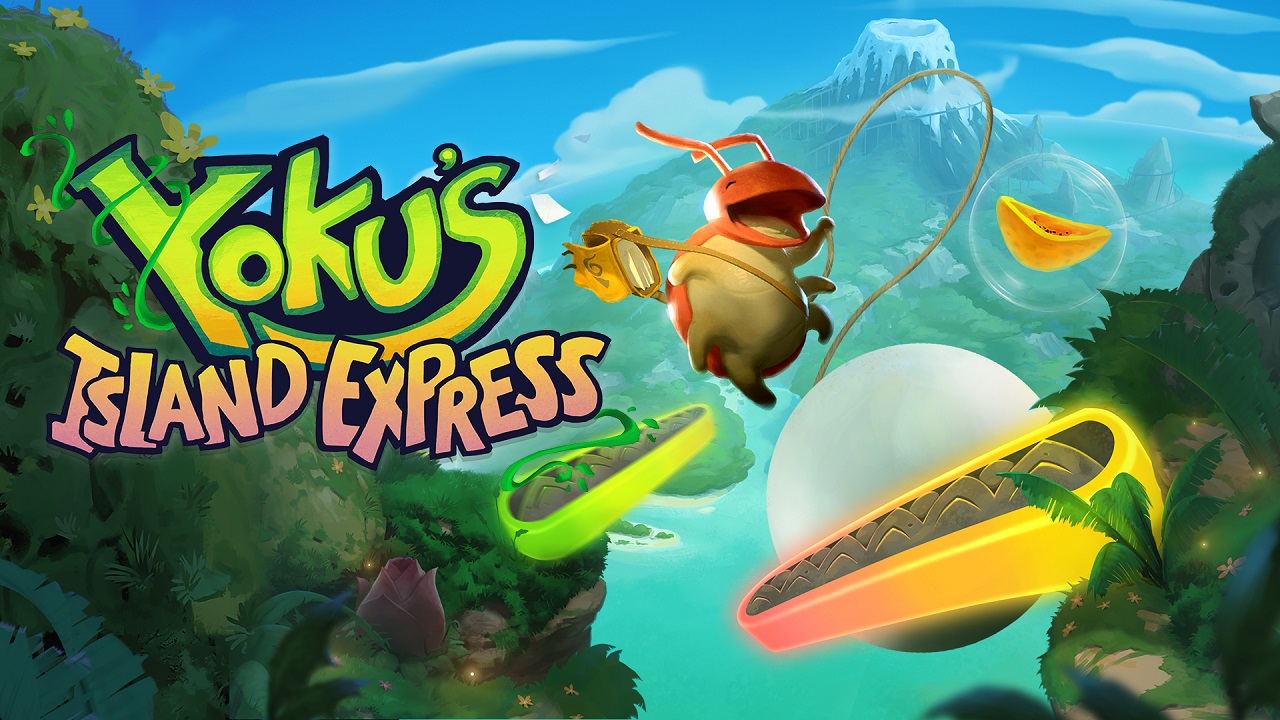Share
Hey there! Do you need to vent out frustration from the state of all things? Why not have a go bashing a slimy monster into a wall with a 2×4? Kick a mutated fetus in the face? Punch the COVID19 right out of some bats? Without consideration towards the adorable Japanese-only 1989 release of Splatterhouse: Wanpaku Graffiti, or the lackluster 2010 remake simply called Splatterhouse, the Splatterhouse trilogy is “spooktacular” for any slasher/horror film or gaming enthusiast, lover of the oozing slime and booger era called the late 1980’s/ early 1990’s, or fan of some solid retro gaming.
It’s officially “spooky season”, so let’s take a look at this cult and grotesque series!
Splatterhouse
…. was originally released in 1988 as an arcade game and shortly after, developed for the PC Engine (Japan), known as the wildly unpopular TurboGrafx – 16 in the States. In Japan, the PC Engine was well-received, due partly to an initial strong selection from third-party developers such as Konami and Namco. One of these titles, Splatterhouse, is a 2D side-scroller, with elements of beat ‘em up and adventure/action. The player has the ability to jump, kick, punch, and “special” dropkick slide their way through the West Mansion, aptly nicknamed, the Slaughterhouse.
The original console release of Splatterhouse came packaged with a few painfully obvious marketing ploys. Inserted inside of the box, buyers would unfold a two-page pulp-style comic. The comic depicts the events right before the start of the game. It even scares you into buying a TurboGrafx – 16!

Speaking of packaging, we have to remember a time when the ESRB rating system was nonexistent, especially during the release of Splatterhouse. Although not required, someone made the decision to put their own rating on the cover: “The horrifying theme of this game may be inappropriate for young children… and cowards.”
Nice. I have quite the affinity for games that insult before you even open the box.
The player takes on the role of Rick Taylor, a college student who seeks refuge from the rain along with his girlfriend, Jennifer Willis. The screen pans to the two entering the Slaughterhouse, and suddenly, the shrill of Jennifer’s blood-curling scream sets the tone of this bizarre macabre entry into the “16-bit” era.
The screen switches to a faced-down Rick. He is approached by the floating “Terror Mask”, which adheres itself to Rick’s face and resurrects him from the dead. The Terror Mask proceeds to guide the hero on a quest to save Jennifer from her abductors. Traversing through the Slaughterhouse, Rick can pick up numerous weapons. The North American release, of course, was watered-down from the Japanese; weapons like a meat cleaver become a wooden stick. Regardless, Rick’s animation is still the same, causing some satisfying smacks to an array of flying chairs, zombie wolves, and even Rick’s mirrored reflection. Each level ends with a boss fight, like the one between the muscular Jason/Ash Williams-combo chainsaw-arm man or the battle with the levitating, disembodied heads.
Eventually, the player finds the comatose Jennifer, who is surrounded by goopy blood monsters and laying on the couch. As you approach, the monsters run away, and Jennifer suddenly mutates into a putrid pile of drippy ooze. Jennifer transforms back and forth from human to this pus monster, screaming for help.
Rick is forced to kill her.
Jennifer dies in Rick’s arms.
It’s all so very cinematic…
TIME TO SLAP SOME MORE SLOP SUCKERS
In a fit of absolute rage and wholly consumed by the Terror Mask, Rick vows revenge on the Splatterhouse. As the player continues, it becomes super obvious that the house is actually ALIVE, and, during Stage VI, Rick must burst a few fetus-filled bubbles…uh, spawning…from a sputtering and squishy womb. Stage VII, as the final stage, is set in a flaming graveyard, after the Splatterhouse is engulfed in fire. Rick must punch the crap out of the manifested form of the Splatterhouse, who resembles a sinewy mix of Freddy Krueger and, sigh, those stupid-looking Titans from Attack on Titan.

The game ends in misery. Jennifer is still dead, and Rick must traverse his pitiful existence alone, forever, with nothing but the memory of how he is a failure for murdering his girlfriend.
Surprisingly, for a game as old, Splatterhouse, even emulated, has great hit detection. Each swing, skewer, and kick results in a satisfying landing. Punching bats is quite therapeutic as they explode into bloody firework from the sheer force of Rick’s fist. The music stands alone, uniquely eerie and crisp. Each weapon Rick uses even has a different animation when meeting an enemy. Many of the enemies are just flat out disgusting, as the developers are really cashing in on the shock value of the slasher film era.
However, the overall backgrounds are a bit repetitive and simple, and the limited color pallet in terms of stage design makes a lot of the game look like sludge. Stages are also pretty short, as is the game overall; as Slaughterhouse is ideal for the arcade machine art of coin feeding. The jumping is beyond infuriating; either I suck at it, which I really do, or each time a jump is attempted, the distance Rick reaches is at random.
Fighting your reflection in a room full of mirrors is an interesting dynamic in the latter half of Stage IV, but the overall battle and room feel uninspired and lack variance. As with the nature of these types of games, such as the more popular Mega Man series, once a player memorizes the enemy and stage patterns, the game becomes significantly easier. However, you’re better offer just sticking with Capcom’s Mega Man 2 if this is your gamer flavor. As more of a challenge with a tighter mechanics, Mega Man 2 is undoubtedly the more enjoyable and timeless of these two games released during the same year. Although…Mega Man 2 doesn’t have deformed babies that use their gargantuan heads to slither across a hellhouse floor.
Splatterhouse is dripping with disturbing and disgusting decadence from beginning to end, as you punch your way through seven stages dressed up like a knock-off Jason. Its aesthetic is ultimately what the game does the best and still perseveres today. Granted, it is not the most technically sound of this era, as we will see with the follow-up entry Splatterhouse 2, but it is certainly a first of its kind, paving a market for games of more, dare I say…“maturity”? With very limited platforming and a heavier focus on the enemy and attack design, Splatterhouse is the ideal homage to its horror roots as it positions the player at the center and source of the bloodshed rather than passively through a scripted film.
Thus, a generation of American parents screeched in the same terror as Jennifer Willis, horrified by the decline in the morality of their children and a gory videogame that calls them a coward for feeling so.




